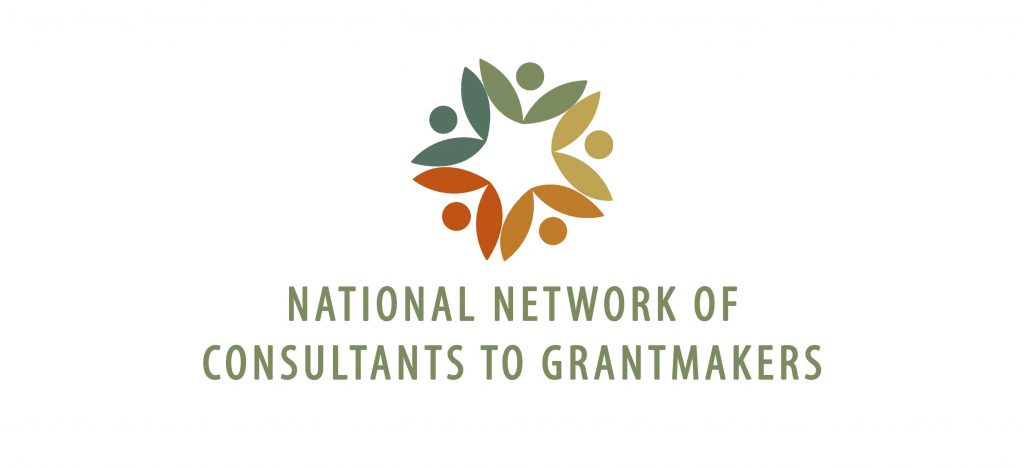
October 9, 2019 – Independent consultants, Leticia and Pat, joined forces in 2014 to leverage their strengths and build a collaborative consulting practice. With varied backgrounds, they both stress the need to constantly check their own internal culture and practices, and they urge other consultants to do the same. How does your consultancy practice DEI internally? They emphasize the need for racial equity to be at the center of their consulting. While they approach DEI through an intersectional framework, they believe it’s important to lead with race.
After working as independent consultants for several years, Leticia Alcántar and Pat Krackov joined forces in 2014 to leverage their strengths and build a collaborative consulting practice.

The two share a belief in the importance of carrying out their work through a racial equity lens. They seek to apply that lens to their own internal practices, such as hiring sub-contractors. Alcántar in particular views everything she does – from due diligence on a docket to capacity-building research – through a racial equity framework.
Despite their varied background – or perhaps because of it – they both stress the need to constantly check their own internal culture and practices, and they urge other consultants to do the same. How does your consultancy practice DEI internally? Do you have a shared language, values, communications, and culture?
Attending to these issues complemented their work on a racial equity audit they conducted for a national membership organization of arts and culture funders. Their client wanted to “walk its talk” by undergoing an audit internally for hiring practices and human resource policies, as well as externally for member programs and board composition.
The goal was to set benchmarks and long-term plans to operationalize the organization’s commitment to racial equity.
As consultants, the biggest challenge that Alcántar and Krackov faced in this project was trying to understand the internal dynamics of their client’s small organization and whether the organizational practices they saw were reflective of a racial equity issue or were primarily about management style.
Ultimately, Alcántar and Krackov provided staff and board members with a basic roadmap for making concrete and doable changes that would move both the organization and the field forward to advance racial equity, while maintaining the collaboration and cohesion of key stakeholders. Their final report included recommendations for embedding new inclusive policies and practices into the
organization’s culture and into all functional areas, including achievable short-term action steps and sustainable, long-term goals.
In reflecting on their work, Alcántar and Krackov highlight the importance of tapping resources that have been around for as long as a decade, noting that much of what’s been published in the past is still very relevant today. At the same time, some of the information is dated and hasn’t always captured the newest research and thinking about racial equity.
They also emphasize the need for racial equity to be at the center of their consulting. While they approach DEI through an intersectional framework, they believe it’s important – even necessary – to lead with race. If you aren’t being explicit about race, that equity lens can be lost or minimized.

